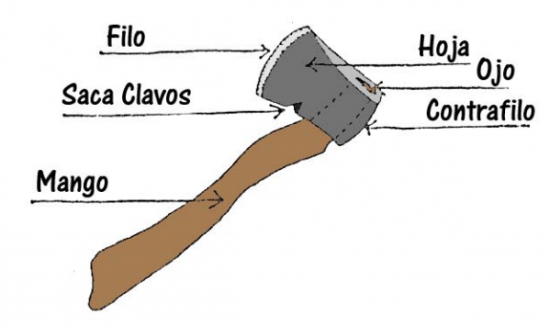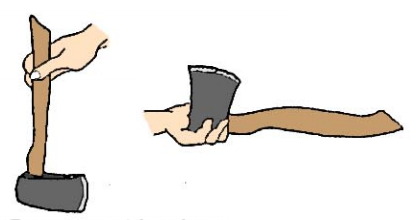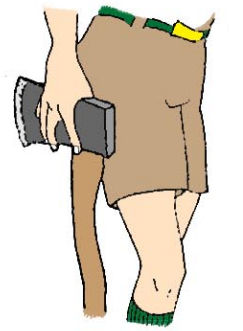Difference between revisions of "Translations:AY Honors/Camping/Axe safety/1/es"
From Pathfinder Wiki
m (FuzzyBot moved page Translations:Adventist Youth Honors Answer Book/Camping/Axe safety/1/es to Translations:AY Honors/Camping/Axe safety/1/es without leaving a redirect: Part of translatable page "Adventist Youth Honors Answer Book/Camping/Axe safety") |
|||
| Line 15: | Line 15: | ||
* Siempre mantenga los pies bien apoyados al usar o llevar un hacha. | * Siempre mantenga los pies bien apoyados al usar o llevar un hacha. | ||
* Pare cuando esté cansado y descanse. Las personas cansadas son más propensos a sufrir accidentes y errores. | * Pare cuando esté cansado y descanse. Las personas cansadas son más propensos a sufrir accidentes y errores. | ||
| + | <noinclude> | ||
Latest revision as of 14:01, 7 October 2021
- Antes de cortar cualquier madera, tome un giro suave de práctica para comprobar que el hacha no se agarre sobre cualquier cosa (como una rama encima de la cabeza).
- Considere lo que sucederá si falla en cortar - ¿va a golpearse accidentalmente un dedo? ¿Un pie? ¿Alguien al lado? Deje suficiente margen para el error.
- Asegúrese de que la cabeza del hacha está firmemente unida al mango del hacha.
- Mantenga a los espectadores lejos por una distancia del brazo y de dos hachas.
- Al entregar a alguien un hacha, presente el mango para ellos en vez de la hoja.
- Camine con la hoja de espaldas a usted.
- Envaine el hacha cuando no está en uso.
- Siempre mantenga los pies bien apoyados al usar o llevar un hacha.
- Pare cuando esté cansado y descanse. Las personas cansadas son más propensos a sufrir accidentes y errores.






